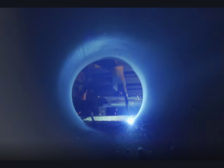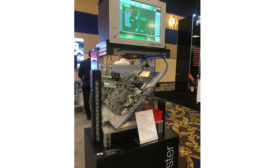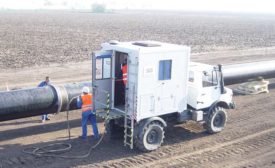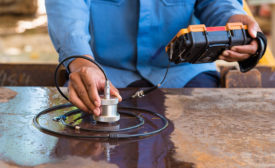Home » American Society for Nondestructive Technology (ASNT)
Articles Tagged with ''American Society for Nondestructive Technology (ASNT)''
NDT | Liquid Penetrant Testing
The Current State of Liquid Penetrant Testing
Liquid penetrant testing is known for being relatively easy to perform, but it does requires skilled technicians to perform and interpret results accurately and consistently.
July 10, 2024
NDT | Back 2 Basics
Industry Trends: Third-Party NDT Certification Programs Advance Digital Expertise, Standardize Industry Practices
The public deserves to have confidence in their NDT professionals.
June 12, 2023
NDT | Training
Nondestructive Testing Training
There are many topics related to NDT training that might be confusing for anyone hoping to work in this field.
April 13, 2023
NDT | Training
The Need for Excellence in NDT Training
The technology of NDT deserves and requires excellence in training programs.
November 7, 2022
NDT | Certification
Nondestructive Testing Certification Programs Today
The need to formalize the qualification of NDT practitioners gradually became apparent.
October 15, 2021
Training to be a Nondestructive Testing Technician
The quality of the training in NDT is critical in the development of competent technicians.
August 8, 2019
Nondestructive Testing Training
Having spent years in the NDT field, I can attest to the importance of a quality NDT training curriculum.
June 8, 2018
NDT HEADLINE
ASNT Looks for New Employer-Based Certification (EBC) Audit Program Committee Members
May 25, 2018
Stay in the know with Quality’s comprehensive coverage of
the manufacturing and metrology industries.
eNewsletter | Website | eMagazine
JOIN TODAY!Copyright ©2025. All Rights Reserved BNP Media.
Design, CMS, Hosting & Web Development :: ePublishing










